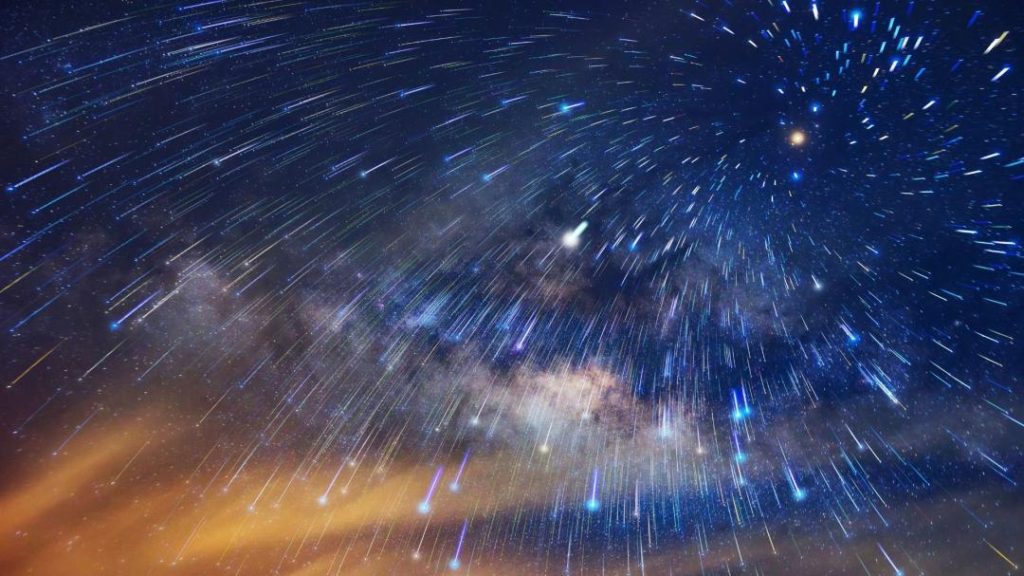
Will Perseid Meteor Shower be Visible from India?
The wait is almost over! One of the most spectacular celestial events of the year, the Perseid meteor shower, is just around the corner. This year’s peak is scheduled for August 12-13, and experts predict up to 100 meteors per hour will light up the night sky. But the question on everyone’s mind is: will it be visible from India?
The answer is a resounding yes! The Perseid meteor shower will be visible across the Northern Hemisphere, including much of India. To maximize your viewing experience, make sure to head to a dark, open location post-midnight to pre-dawn. The meteors will originate from the debris trail left behind by comet Swift-Tuttle, creating bright streaks and occasional fireballs in the night sky.
The Perseid meteor shower is an annual event caused by the Earth passing through the debris trail left behind by comet Swift-Tuttle, which was discovered in 1862. This comet takes about 133 years to complete one orbit around the Sun, and its debris trail is responsible for the spectacular display of shooting stars we witness every year.
What to Expect
During the peak of the Perseid meteor shower, which is expected to occur on August 12-13, sky gazers can expect to see up to 100 meteors per hour. The shower’s radiant, or the point from which the meteors appear to originate, will be located in the constellation Perseus, hence the name. The best viewing times will be between 1 am and 4 am, when the constellation will be high in the sky.
The Perseid meteor shower has been a favorite among amateur astronomers and stargazers for centuries. The shower’s peak is usually accompanied by a higher frequency of bright meteors, often referred to as fireballs, which can be a breathtaking sight. These fireballs can be particularly impressive if they explode in the atmosphere, producing a bright flash of light that can be seen from great distances.
Tips for Viewing the Perseid Meteor Shower
To make the most of this celestial event, follow these simple tips:
- Find a dark location: Light pollution can severely diminish the visibility of the meteors. Head to a location with minimal artificial lighting to increase your chances of seeing more shooting stars.
- Dress warmly: It can get chilly at night, especially in the summer months. Dress in layers to ensure you stay comfortable while you’re waiting for the meteors to appear.
- Bring binoculars: While not necessary, binoculars can enhance your viewing experience by allowing you to see the constellations more clearly. Make sure to adjust the focus and brightness settings according to your needs.
- Be patient: The Perseid meteor shower is a natural phenomenon, and the meteors can be unpredictable. Be prepared to wait for a while, and don’t get discouraged if you don’t see many meteors initially.
- Bring a blanket or chair: You’ll likely be sitting outside for a while, so make sure to bring a comfortable blanket or chair to ensure you can enjoy the show without discomfort.
Conclusion
The Perseid meteor shower is a breathtaking event that offers a glimpse into the vastness of our solar system. With up to 100 meteors per hour expected to light up the night sky, this year’s event promises to be an unforgettable experience. Make sure to head to a dark, open location post-midnight to pre-dawn, and be prepared to be awestruck by the sheer beauty of the shooting stars.






